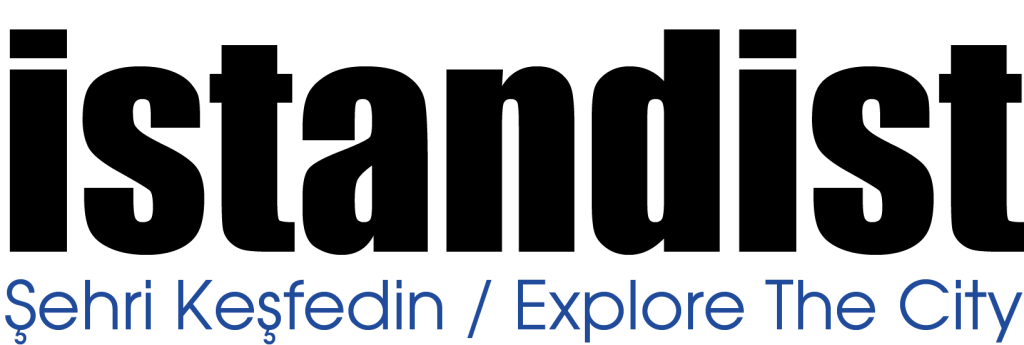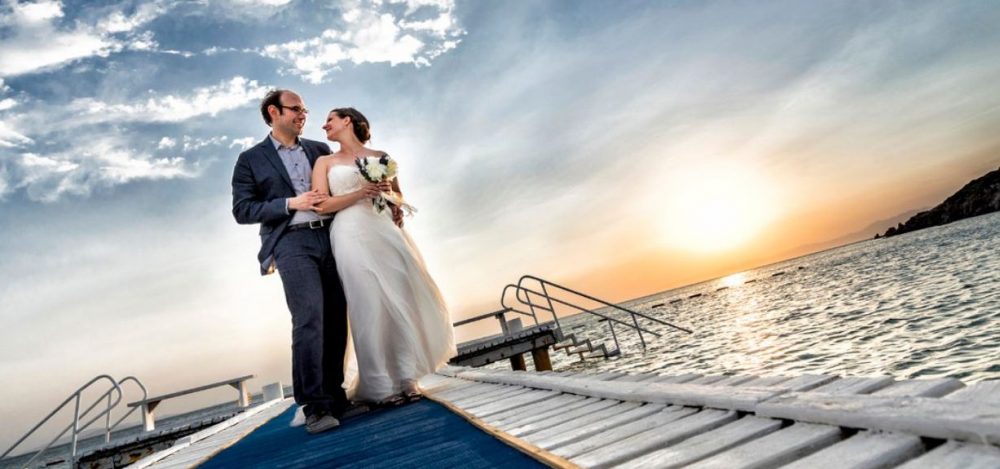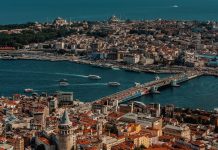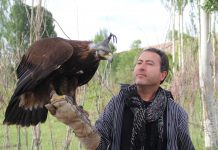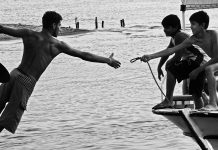Photography education of Mustafa Turgut has started at his father’s studio when he was in primary school. After entering the academy in 1987, he has started to work as an independent photographer. Until he established his own studio, he had worked at his family studio in Merzifon. He focuses on his works at his own studio that he established in 1998 on introductory and special day photography. Commercially, he performs fashion, industrial, technical and advertising photography, and special day photography as personal interest, which he inherited from his father. Quite appetizing frames emerging from Mustafa Turgut’s successful interpretation are marking our photography masters section of this month.
How did your photography story start?
The photography is also my father’s profession. No matter how hard I tried to stay away, the photography has found me; and the result is 40 years full of photography. I have started as an apprentice for Tahsin Amca (Uncle Tahsin) who was my father’s friend and colleague. Tahsin Amca was an instant photographer.
Everyone who does what they do with passion has something and someone inspiring them. Could you tell us about the people, events and photos that inspires the passion for photography in you, that boosts your motivation when you lose it?
Actually, the photography is not a passion to me but primarily is a profession that allows me to maintain my life. Then, it is a life style, a way to look at the life, a method to perceive and comprehend the environment. If we are going to mention about an interaction, we can put forward the life itself. What motivates me is not the photos shot by other photographers but the ones that couldn’t take. Trivial things in during the course of life affect my practices for instant detections. I always say: “The best photos of a photographer are the ones that he/she cannot shoot while he has no camera with him/her but scratched to his mind.” Many photographers go back to the same place for the photos that they couldn’t shoot and look for the image that they have scratched in their minds. As a matter of fact, this is a motivation on its own.
Some poets, some musicians dedicate their works to İstanbul, tell about İstanbul. You are also an İstanbul lover; what if we ask you to tell about İstanbul from your perspective?
The truth is I am not a photographer who is fond of İstanbul. Maybe not İstanbul, but I am a kind of a photographer who is in love with what is in İstanbul. I am one of the countless photographers who are under the influence of the city they live in.
To me, cities are campuses living with what they accommodate. An İstanbul without its sea, seagull, simit (Turkish bagel) seller, fisherman, architectural tissue, old streets, and peddlers making sales on those streets; an empty İstanbul would not give pleasure to anyone. To me, the most significant factor determining the character of the city is people. Except of two of the ones that I have said (sea and seagull), all of them are the matters related to people. Those are the first things that I look for in the photos about İstanbul. The interaction of people and life.
What did change in your perspective on the light, the people and the effect of photos on people in time when you get more experienced?
Actually, the only thing that changes is our awareness. Each time, we start to realize more. The photography is like a language of expression or reading for the people like us. The photo is the expression of the photographer saying “I saw this”. This definition belongs to my master, Sabit Kalfagil. I also embraced it myself.
It is also a reading. The photographic reading is an action that everyone performs hundreds of times every day without noticing. Therefore, the photographic perspective differentiates our way of look at the developments around us and approaches of our evaluations. It allows to see the life from a different perspective and to see the things that the others cannot see. That is why an interpretation of life in a photographic way diversifies our perspectives.
The photo changes when it touches people who are other than the one who shot it; and gets internalized and personalized. The one who looks at it smells the atmosphere of the photo. He sometimes starts to wonder about something that he has just realized. He sees that moment with the eyes of the photographer, and wonders what happened to those in the photo after that moment.
When you start to realize these, your way of looking at everything around you changes.
Let’s talk about the technical side. What do you pay attention to most when you take photos?
Good light and good composition.
What do you do to catch the frames you think about?
I wait in patience and observe all the time…
There are too many photo fanciers around, who are drowning in equipment. While some of the people think that the best camera would shoot the best photo, in the last couple of years, we also see the ones who are doing great jobs with their cell phones. What are your opinions on equipment and equipment use?
The equipment is only the instrument helping what we do. A photo can be taken with any kinds of equipment. Whether it is a state of the art digital machine or a primitive wooden machine, they both do the same thing. Of course, if you are not doing a very technical work.
When you look at it as a job; if you are going to take a photo where details informing for a special purpose are very significant, then that is another thing. Now you need to use a good hardware and equipment. The machine that I bring along while I roam on the streets is a mirrorless 35mm. At my studio, I use both 35mm bodies and middle-format bodies. However, there is only one answer that I give to the ones who ask what the best machine is: The machine that meets the needs, does their duty and is the cheapest is the best machine.
I see the people who are drowning in equipment as the preys of the commercial mechanism. I feel sorry about that the low and inefficient resources are being wasted on unnecessary hardware piles.
What do your eyes look for in a photo?
The light, the composition and the printing quality.
You must have had photos that affected you so much with their stories behind. Could you please tell us about a couple of them?
Of course, there are a lot of them. Let me tell you one of them.
There is a serial that I have taken while three Syrian refugee kids playing in the sea when I was under the subway bridge at the Haliç shore. There is actually no story behind it. It is a serial of which purpose was completely to photo the naivety of the kids and their games which reminded that they were kids despite everything going on. However, storms broke out upon what I shared on social media. There were the ones saying that I would be accused of being immoral and pedophile, or even accusing so. Some people have complained and made the photos banned.
Turning away from the misery and despair that those kids have been suffering from is not seen as immoral but taking their photos, playing naked in the sea is seen as perversion. Then I saw that the morality was actually a thing that takes place within the mind.
Who are the masters that you get inspired by every time when you look at their photos?
Among Turkish masters, it is Sabit Kalfagil, of course… As foreigner, Helmut newton.
Where have you been and what have you been doing lately, do you have any new projects?
Projects never end but only a few of them are put into practice.
I have planned workshops for the ones who have recently started in the photography that I had resisted so long for not doing it. Along with the existing workshops that I have organized for the ones who are professionally interested, I also organize those at inplato. Advertising photography and artistic printing is of course my main job. I carry on those.
There are two different projects carrying political and social discourses. I can only work on them in my spare time remaining from workshops and advertising photography, when I find the opportunity and my models are available.
